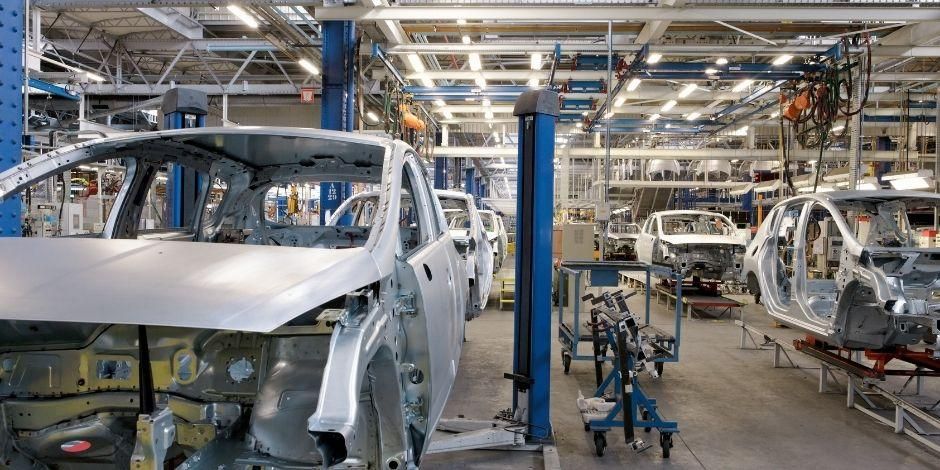Chip Programming in Mexico
Mexico Would Join Chip Programming

In the United States, two semiconductor manufacturing plants will be established. Mexico proposes to focus on chip programming, possibly in Guadalajara and Mexicali, according to Alberto Bustamante, interim president of the INA.
By Alejandra Oropeza.
"Mexico could take over the programming of the semiconductors that will be produced in the United States. This is Mexico's proposal to the United States government, where it has been well-received," commented.
He explained that setting up a chip factory takes two years and an investment of around 500 million dollars, making it a medium-term solution.
Additionally, he mentioned that it's not just an infrastructure issue, but also the robots needed to manufacture the semiconductors.
The process begins with manufacturing a generic chip, which requires a significant investment; subsequently, chip programming is needed, presenting a significant opportunity for Mexico.
"In the coming weeks, part of this announcement will be revealed, including Mexico's stance on these investments taking place in the United States," he noted.
Auto Part Production in Mexico
Oscar Albin, former president of INA, stated that 2021 will close with approximately $5.5 billion less than the peak production recorded in the history of the auto parts industry in Mexico, which occurred in 2019, before the pandemic, with around $98 billion.
"This year, we aimed to achieve a better figure, but faced the problem of a lack of raw materials. However, overall, it seems to be a good year, and closing at the forecasted $92 billion is not a record, but it is the level we have been maintaining over the last five years. We hope that the manufacturing forecasts will be met in the next three months."
Major States in Auto Part Manufacturing in Mexico
Regarding auto parts production, the northern border leads, representing 51.6% of the total manufacturing, followed by the Bajio region with 31.1%.
In terms of specific states, Coahuila ranks first with 17%, followed by Chihuahua with 12.3%, and Guanajuato and Nuevo León with 11.1%.
"In the northern border, there have been no changes in the last six years regarding where auto parts are produced; they're mostly manufactured in the northern part of the country. Let's remember that 80% of the auto parts produced in Mexico end up in a factory for new cars in the United States and Canada, so being close to the border represents significant logistical savings."
Regarding the Bajío, Albin mentioned that the region is more focused on national production, which has grown. He emphasized that Guanajuato is already displacing Nuevo León in the third position, as the central state has plants for engines and transmissions, contributing to these figures.
"It is important to remember that these figures, coming from INEGI, include the manufacturing of engines and transmissions, and the majority are usually produced by automobile brands, which have large factories," he explained.
Finally, he emphasized that this industry is strong in terms of job creation.
"We are the sector with the highest direct employment in Mexico, with 863,000 workers, slightly fewer than in 2018, but it is a number we have achieved thanks to the significant push of the auto parts industry."
In Mexico, there are approximately 600 Tier 1 suppliers and 900 Tier 2+Tn suppliers; moreover, our country is the 5th largest producer of auto parts worldwide.